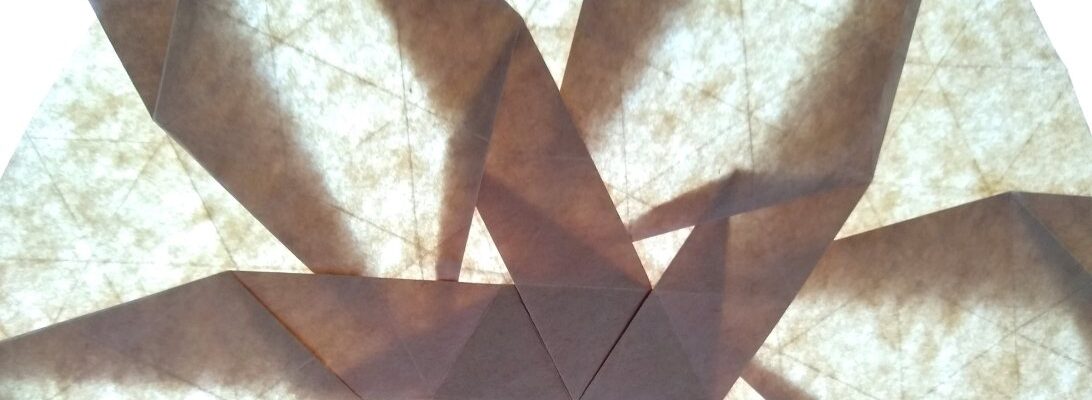During the final stages of World War II in 1945, the United States conducted two atomic bombings against the cities of Hiroshima and Nagasaki in Japan, the first on August 6, 1945 and the second on August 9, 1945. These two events are the only use of nuclear weapons in war to date.
For my birthday this year (June 4), my daughter bought me 1000 sheets of coloured origami paper so that I could attempt to fold 1000 cranes by today, August 6, Hiroshima Day.
The First and Last folds were done here at home – first was a microgami version (folded from a 1cm square) to pay homage to the importance of the individual in the enormous task; the last was a simple white fold, completed in the relative safety and warmth of my lounge room while watching telly last night.
I had many helpers – many hands make light work – thank you to the hundreds of kids and teachers who helped, provided encouragement or simply asked what I was doing and why – I hope it was instructive. I also had a passive collection (I positioned a piggy bank near by for punters to deposit change if they felt so moved) and have a tidy sum to donate to Japan Red Cross.
So what does 1000 cranes look like when amassed?
I will organise to give these away – hopefully students will think about things when/if they take one.
Why?
I must say that when I visited the Hiroshima memorial site in 2003 the place upset me for a bunch or reasons – primary school kids ran and giggled and filled in worksheets, collecting information on casualties, counting demolished buildings on scale models, being photographed beside the scale model of “little boy” the first bomb dropped and coloured in pictures of the shadow left by someone as they vaporised in a doorstep. I know I should have been heartened by the obvious celebration of life and love around me but it made me ashamed to be allied with a group that could do this or even contemplate it.
I realize the tragic significance of the atomic bomb… It is an awful responsibility which has come to us… We thank God that it has come to us, instead of to our enemies; and we pray that He may guide us to use it in His ways and for His purposes.—President Harry S. Truman, August 9, 1945




























